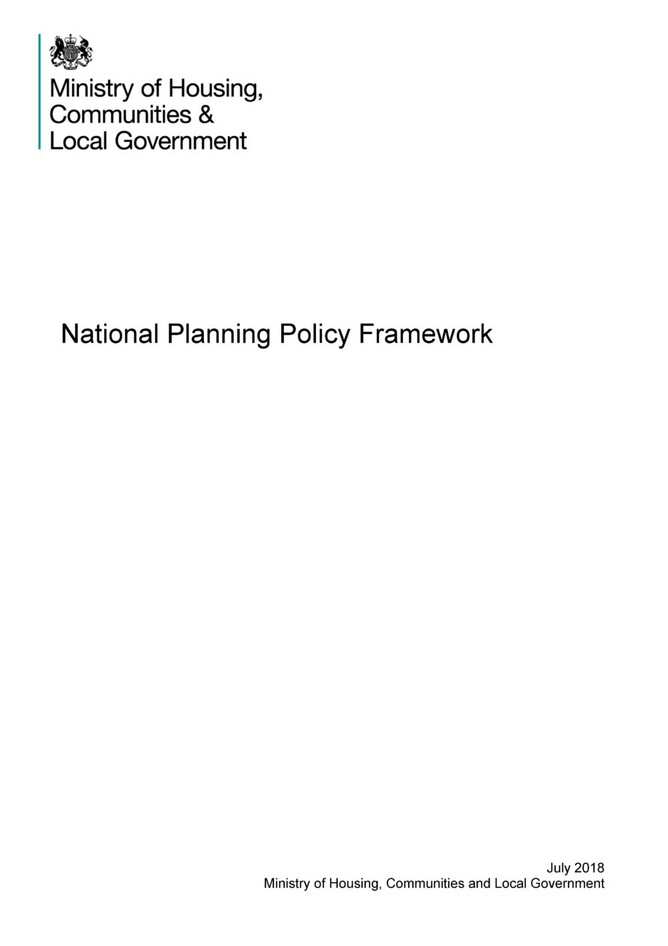As housing demand is constantly increasing in London, more and more people are interested in extending their properties. If you are a homeowner or a developer who wants more space or new flats to rent or sell you should be aware that apart from rear, side and roof extensions the new planning reforms are designed to make it easier for you to grown vertically your property.
Secretary of State Sajid Javid states:
“The answer to building new homes isn’t always an empty plot or developing on a derelict site. That’s why we are looking to strengthen planning rules to encourage developers to look at opportunities to build upwards where possible when delivering the homes the country needs.”
In February 2016, the government published its ‘Consultation on upward extensions in London’ seeking views on proposals to enable London to ‘build up’ rather than ‘build out’ in an effort to address the housing crisis while protecting the Green Belt. The government’s intention to relax the planning rules to make easier the addition of storeys on top of existed properties was welcomed by most of the consultation respondents including the Builders Merchants’ Federation (BMF).
The Department for Communities and Local Government has set out three possible policy options for consideration:
- Firstly, a new Permitted Development Right - similar to the office-to-residential permitted development rights introduced in 2013 – with a ‘prior approval’ required to consider the likely impact on neighbours. The proposal included no restrictions on the size or quality of accommodation.
- The second option was to allow London boroughs to use existing powers under Local Development Orders or introduce new ones for extra storeys in specific areas, or for specific buildings to meet their particular needs.
- The last option was that the Mayor could introduce new policies when reviewing the London Plan - the strategic planning document for London – supportive to additional storeys for new dwellings.
After it was met with positivity from consultation respondents, the proposed policy forms part of the revised NPPF. The new NPPF crystallised the third option – planning policies to support this type of development.
Considering the change to NPPF is not part of the General Permitted Development Order, it should not be considered automatic approval. Extensions above existing residential and commercial premises for new homes is not a new concept but the new NPPF confirms that such proposals should be supported subject to specific restrictions. Namely, the proposed extensions should not reach beyond the adjoining roof lines and should be in keeping with the character of the local area and promote good design and safety.
Although promising, we are expecting to see how the local authorities will treat upwards extensions in complicated sites with regard to the Community Infrastructure Levy and planning obligations which will undoubtedly affect deliverability.
Article prepared by Michaela Kekeri MSc, MEng
